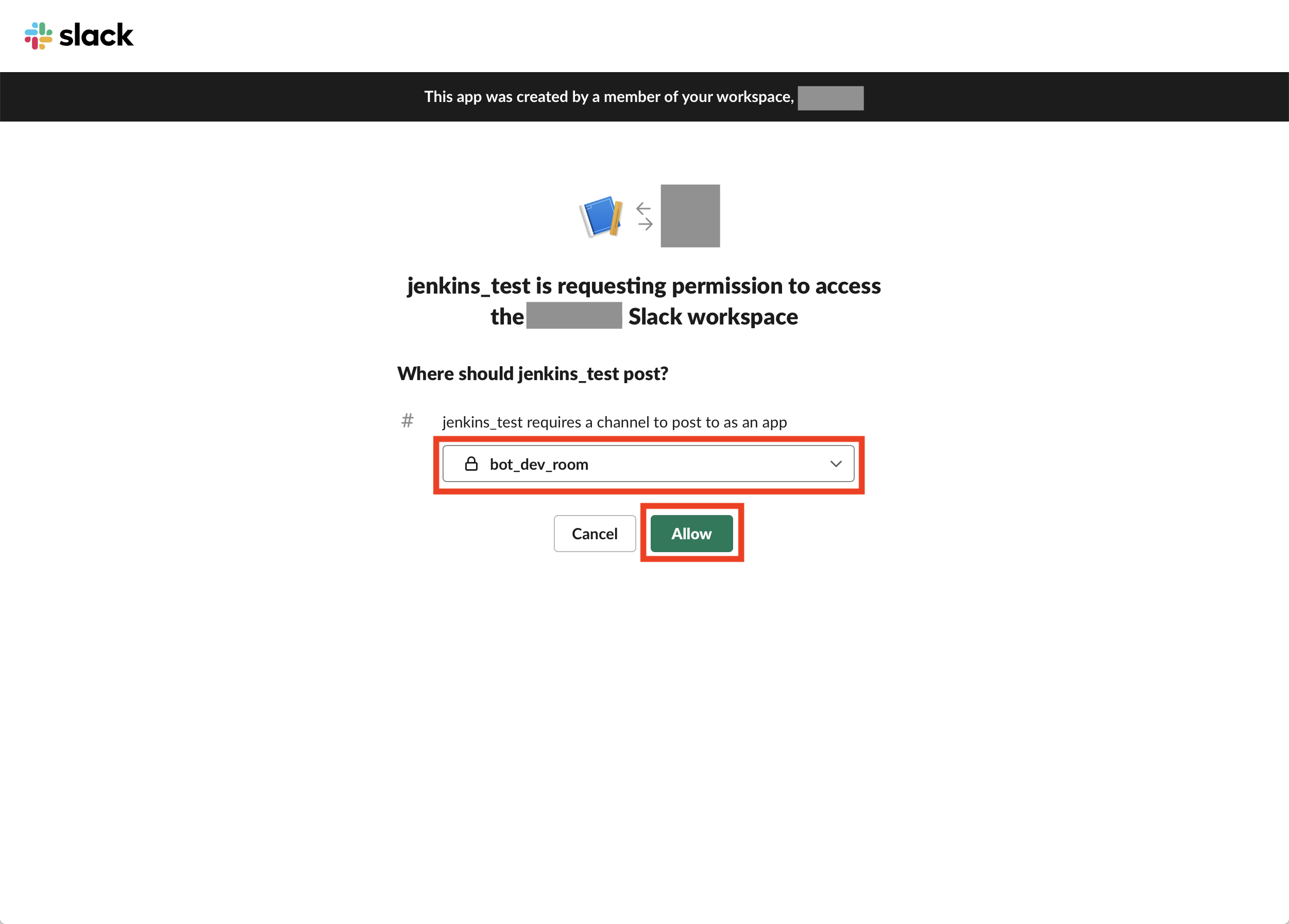

Each data source must be unique within a module. A separate Terraform configuration defines a data source, which is an identifier for a resource.

You can reuse a working NRQL in nrql_query as defined in your main.tf file.įor alerts as code, you'll need a valid data source so that Terraform can use information that is defined externally. With dashboards as code, you don’t need a target entity (or a valid object) to attach on. You can configure alerts to send notifications when key performance metrics change.Īs seen in part one, dashboards as code is the easiest configuration to apply as code as you are getting started in New Relic. In New Relic, you can set up powerful, customizable alert policies for any data that you can monitor, such as APM, infrastructure monitoring, browser monitoring, mobile monitoring, and NRQL queries. But if you need to set up large volumes of alerts, you can consider automating the configuration. Of course you can set up alerts in the New Relic UI. You'll be working with data from the sample FoodMe restaurant ordering app.īefore you begin working on this part two, make sure you have completed Automate configurations with observability as code, part one.Įngineers often ask me about alerts as code, because setting up alerts can take a lot of time. Here in part two, we’ll show examples with alerts and synthetic monitoring.īy the end of the series, you'll have worked with a total of five examples of observability as code using New Relic and Hashicorp's Terraform: dashboards as code, alerts as code, synthetic monitoring as code, tags as code, and workloads as code. In this series, we'll walk through examples of automating the configuration of your observability tools, starting with dashboards in part one. This three-part blog series is your guide to observability as code, providing tips, examples, and advice. You learned the basics of automating dashboards, and now we’re going to expand to ways you can apply observability as code approaches to automate both alerts and synthetic monitoring. As we've discussed in the previous part of this series, observability as code means automating the configuration of your observability tools.


 0 kommentar(er)
0 kommentar(er)
